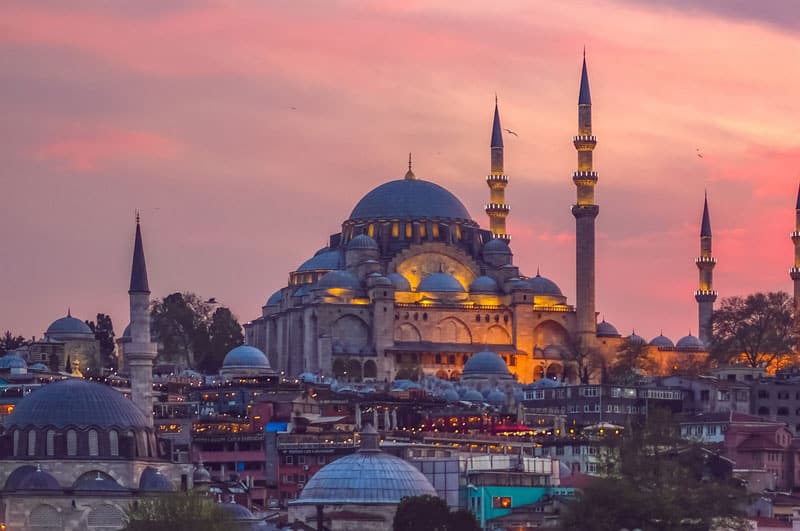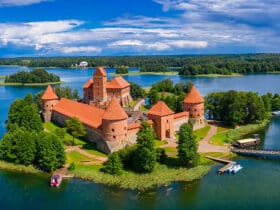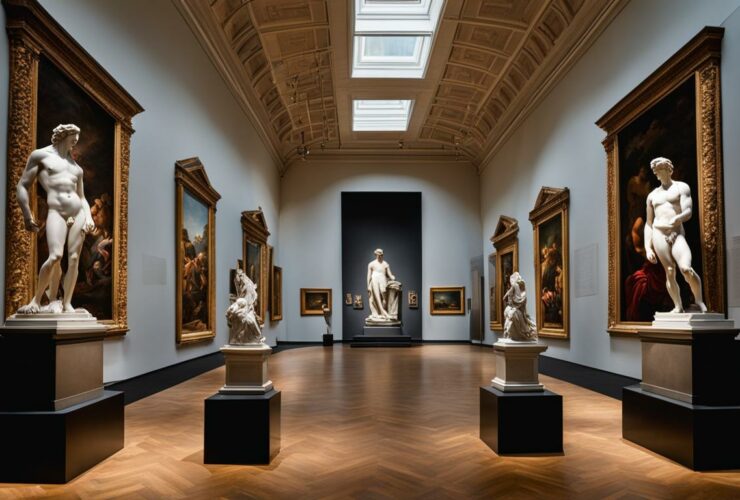Ottoman architecture stands as a testament to Turkey’s rich cultural heritage and historical significance. From magnificent mosques to grand palaces, the architectural marvels of the Ottoman Empire continue to captivate visitors from around the world. This article takes you on a journey to explore the fascinating world of Ottoman architecture in Turkey, shedding light on its historical background, key characteristics, iconic structures, regional variations, cultural heritage, modern influence, and more.
Historical Background of Ottoman Architecture
The roots of Ottoman architecture can be traced back to the 13th century when the Ottoman Empire emerged as a dominant force in the region. Initially influenced by the Seljuk and Byzantine architectural styles, Ottoman architecture gradually developed its distinct characteristics. The early Ottoman architects combined elements of Islamic, Persian, and Byzantine architecture to create a unique style that would leave a lasting impact on Turkey’s architectural landscape.
Key Characteristics of Ottoman Architecture
One of the defining features of Ottoman architecture is its emphasis on symmetry and geometric patterns. Ottoman architects mastered the art of harmonizing various elements to create visually stunning structures. The extensive use of domes, arches, and minarets became synonymous with Ottoman architecture, symbolizing the empire’s grandeur and spiritual devotion. Additionally, calligraphy and decorative elements adorned the surfaces of buildings, adding a touch of elegance and cultural significance.
Another noteworthy characteristic of Ottoman architecture is the integration of indoor and outdoor spaces. Courtyards, gardens, and open-air pavilions were seamlessly incorporated into the design of mosques and palaces, allowing visitors to experience a harmonious blend of nature and architecture.
Iconic Ottoman Architectural Structures
No exploration of Ottoman architecture would be complete without mentioning some of its most iconic structures. The Hagia Sophia in Istanbul stands as a magnificent example of Byzantine-Ottoman architecture, with its majestic dome and intricate mosaics. The Topkapi Palace, once the residence of Ottoman sultans, showcases the opulence and splendor of the empire. The Suleymaniye Mosque, designed by the famous architect Mimar Sinan, is renowned for its grandeur and architectural prowess. The Selimiye Mosque in Edirne, a UNESCO World Heritage Site, is a masterpiece of Ottoman architecture, featuring intricate decorations and a soaring dome. The Rüstem Pasha Mosque, known for its exquisite tilework, is a hidden gem that showcases the artistic brilliance of Ottoman craftsmen.
Regional Variations in Ottoman Architecture
While Istanbul served as the capital of the Ottoman Empire, other cities in Turkey also boast significant examples of Ottoman architecture. Edirne, once the second capital of the empire, houses several notable structures, including the Selimiye Mosque. Bursa, the first capital of the Ottoman Empire, showcases the early developments of Ottoman architecture, with the Great Mosque and the Green Mosque being prime examples. Each region offers a unique perspective on Ottoman architecture, reflecting the historical and cultural nuances of the empire.
Ottoman Architecture and Cultural Heritage
Preservation and restoration efforts have been instrumental in safeguarding Turkey’s rich architectural heritage. Many Ottoman structures have undergone extensive restoration to maintain their original grandeur. Several sites, such as the Hagia Sophia and the Historic Areas of Istanbul, have been recognized as UNESCO World Heritage Sites, highlighting their cultural significance on a global scale. These architectural gems serve as major tourist attractions, allowing visitors to immerse themselves in the history and magnificence of Ottoman architecture.
Ottoman Architecture and Modern Influence
The influence of Ottoman architecture extends beyond the historical realm. In modern times, architects have drawn inspiration from Ottoman design principles to create contemporary structures that pay homage to the empire’s architectural legacy. Elements such as domes, arches, and decorative motifs can be seen in new constructions, blending tradition with innovation. The revival of Ottoman architecture in the 21st century showcases its enduring appeal and the timeless beauty it holds.
Conclusion
Exploring Ottoman architecture in Turkey offers a captivating journey through time and culture. From the grandeur of the Hagia Sophia to the intricate details of the Rüstem Pasha Mosque, each structure tells a story of the empire’s artistic brilliance and architectural mastery. The preservation and revival of Ottoman architecture serve as a testament to its enduring influence on Turkey’s architectural landscape. By immersing oneself in the world of Ottoman architecture, one gains a deeper appreciation for the rich heritage and cultural identity of Turkey.
FAQs (Frequently Asked Questions)
1. What is the significance of Ottoman architecture in Turkey?
Ottoman architecture holds great cultural and historical significance in Turkey. It reflects the empire’s grandeur, artistic brilliance, and spiritual devotion.
2. Which Ottoman architectural structure is the most famous?
The Hagia Sophia in Istanbul is one of the most famous and iconic Ottoman architectural structures, renowned for its monumental dome and intricate mosaics.
3. Are there regional variations in Ottoman architecture?
Yes, different regions in Turkey showcase unique variations in Ottoman architecture, reflecting the historical and cultural influences of each area.
4. How is Ottoman architecture preserved and restored?
Preservation and restoration efforts play a crucial role in maintaining Ottoman architectural structures. Skilled craftsmen and experts work diligently to preserve their original grandeur.
5. How has Ottoman architecture influenced modern constructions?
Modern architects often incorporate elements of Ottoman architecture, such as domes, arches, and decorative motifs, into new constructions, creating a fusion of tradition and innovation.















